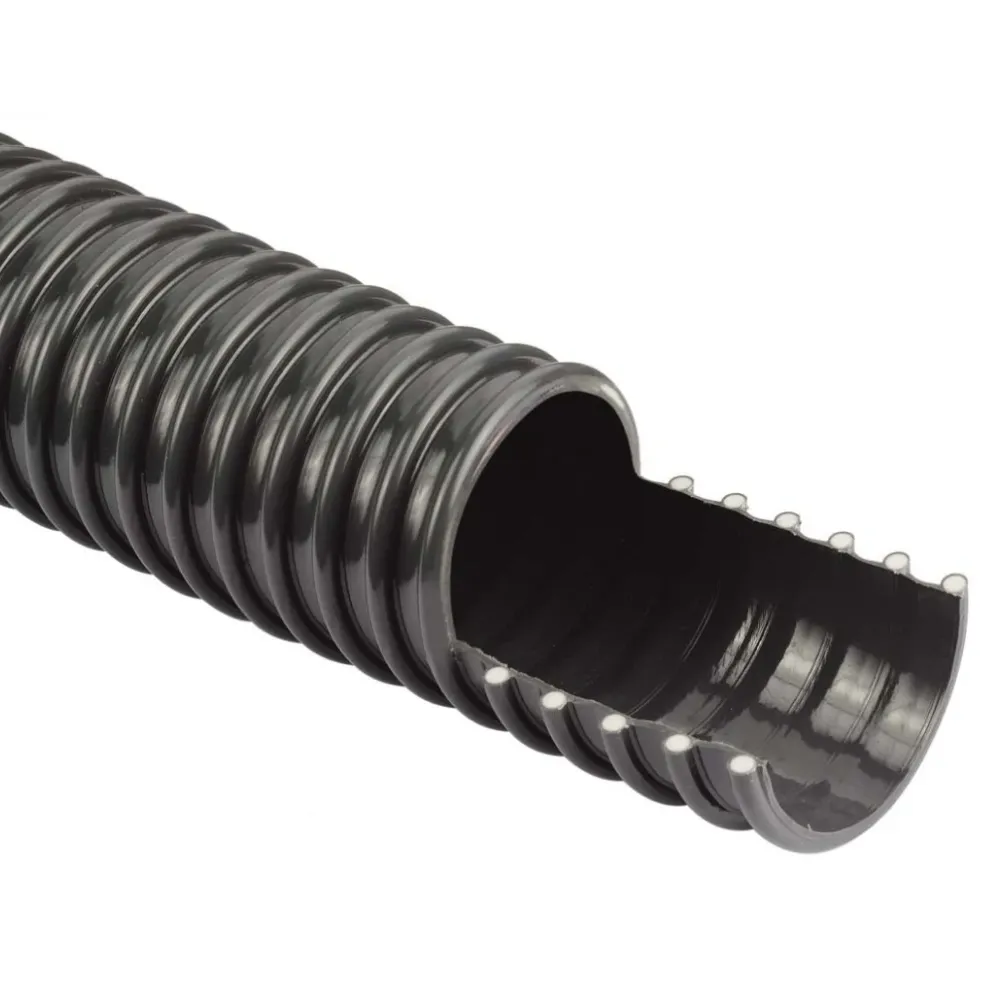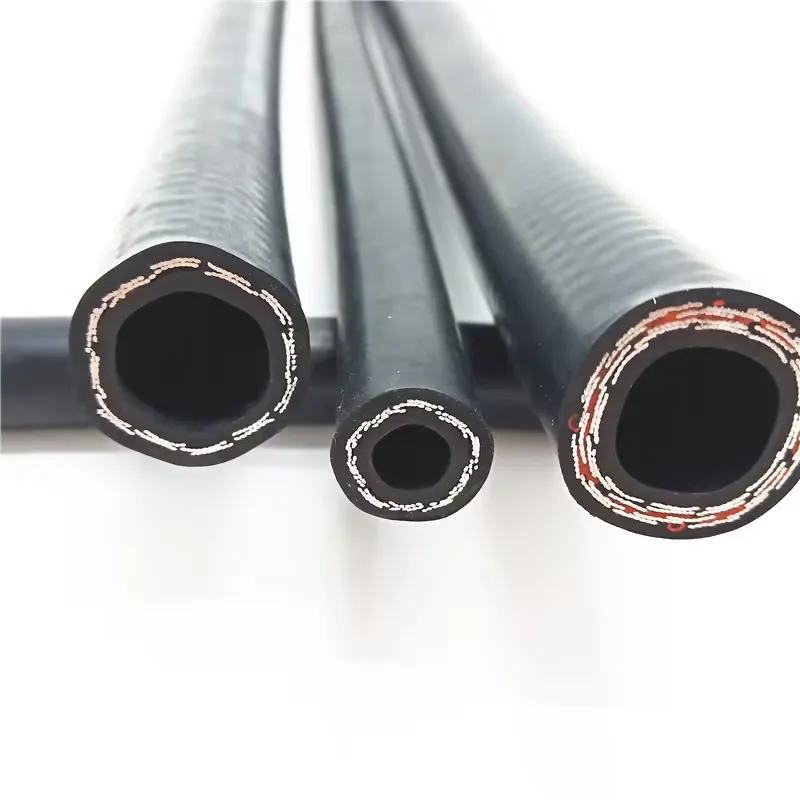
- Afrikaans
- Albanian
- Amharic
- Arabic
- Armenian
- Azerbaijani
- Basque
- Belarusian
- Bengali
- Bosnian
- Bulgarian
- Catalan
- Cebuano
- Corsican
- Croatian
- Czech
- Danish
- Dutch
- English
- Esperanto
- Estonian
- Finnish
- French
- Frisian
- Galician
- Georgian
- German
- Greek
- Gujarati
- haitian_creole
- hausa
- hawaiian
- Hebrew
- Hindi
- Miao
- Hungarian
- Icelandic
- igbo
- Indonesian
- irish
- Italian
- Japanese
- Javanese
- Kannada
- kazakh
- Khmer
- Rwandese
- Korean
- Kurdish
- Kyrgyz
- Lao
- Latin
- Latvian
- Lithuanian
- Luxembourgish
- Macedonian
- Malgashi
- Malay
- Malayalam
- Maltese
- Maori
- Marathi
- Mongolian
- Myanmar
- Nepali
- Norwegian
- Norwegian
- Occitan
- Pashto
- Persian
- Polish
- Portuguese
- Punjabi
- Romanian
- Russian
- Samoan
- scottish-gaelic
- Serbian
- Sesotho
- Shona
- Sindhi
- Sinhala
- Slovak
- Slovenian
- Somali
- Spanish
- Sundanese
- Swahili
- Swedish
- Tagalog
- Tajik
- Tamil
- Tatar
- Telugu
- Thai
- Turkish
- Turkmen
- Ukrainian
- Urdu
- Uighur
- Uzbek
- Vietnamese
- Welsh
- Bantu
- Yiddish
- Yoruba
- Zulu

feb . 16, 2025 14:41 Back to list
cement hose pipe


Cement hoses occasionally suffer from wear and tear due to the mechanical stresses and harsh conditions they endure. Regular inspections can help catch issues early before they develop into major problems. Look for signs of cracking, fraying, or bulging, and replace parts as needed. Proper maintenance is paramount for ensuring the long-term effectiveness of cement hoses. It is recommended to - Clean hoses after use to prevent cement build-up, which can harden and block the system over time. - Store hoses in a cool, dry place to avoid exposure to extreme temperatures which could degrade the material. - Implement a routine maintenance schedule, including pressure testing and inspection of all connections and fittings. In competitive industries, the credibility and trustworthiness of a product are as crucial as its functionality. Partnering with manufacturers who adhere to rigorous standards and provide warranties is a testament to the hose pipe’s quality. An ISO-certified company not only ensures compliance with international standards but also offers reassurance of the product's reliability. In conclusion, cement hose pipes are vital assets in construction and industrial operations, offering flexibility, durability, and efficiency. By selecting the right hose, regular maintenance, and conducting timely inspections, operational efficiency can be significantly enhanced, and potential downtime minimized. Leveraging a well-maintained cement hose pipe can contribute to the safety, cost-effectiveness, and success of your projects. With the insights shared from years of firsthand experience, make informed decisions and equip your operations with cement hoses that stand the test of time.
Latest News
Steel Wire Reinforced Hydraulic Hose SAE 100 R1 / EN853 1SN S
NewsOct.17,2024
Two Layers Steel Wire Reinforced Hydraulic Hose SAE 100 R2 / EN853 2SN
NewsSep.03,2024
Textile Braid Reinforced Hydraulic Hose SAE100 R3+R6
NewsSep.03,2024
Textile Reinforced Hydraulic oil Suction Hose with embedded Steel Wire SAE 100 R4
NewsSep.03,2024
Single Wire Braid and Textile Covered Hydraulic Hose SAE 100 R5
NewsSep.03,2024
High Pressure Thermoplastic Hydraulic Hose SAE 100 R7 / EN855 R7 - SAE 100 R8 / EN855 R8
NewsSep.03,2024
Heavy Duty Four-layer Steel Wire Spiral Reinforced Hydraulic Hose SAE100R9+R10+R12
NewsSep.03,2024
Heavy Duty Multi-layer Steel Wire Reinforced Hydraulic Hose SAE100R13 SAE100R15
NewsSep.03,2024
Latest Products










